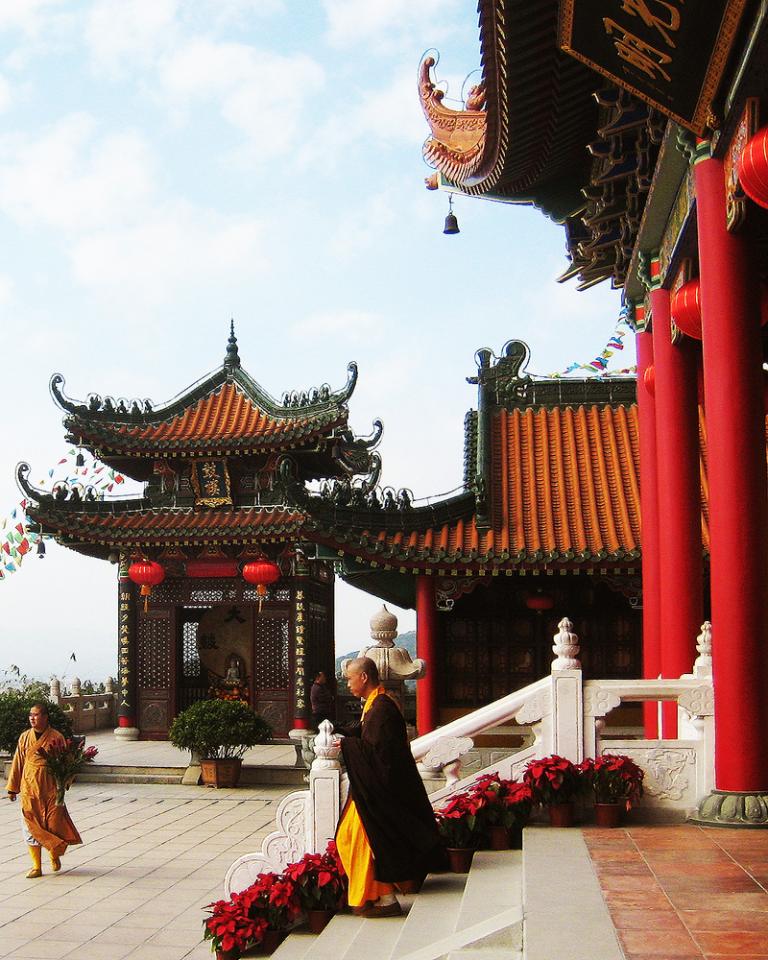Buddhist culture in the Tang Dynasty
2 min readNot only did the Tang Empire open its doors to overseas friends and embrace foreign cultures, many of its people also went abroad to study local cultures.Xuanzang (602-664) and Yijing (635-713), both great Buddhist masters, were two of the most outstanding examples.

Xuanzang left China for South Asia in 627, and returned to Chang’ an in 645.During those 17 years, he visited and studied Buddhism in more than 100 small states in the Western Regions and in and around what is now South Asia.
He brought home 657 sets of Buddhist scriptures. Emperor Taizong met and conversed with Xuanzang for more than ten hours in Luoyang, and appointedmore than 50 learned monks to help him translate the scriptures. Xuanzang worked as the chief translator and assigned different responsibilities to the other monks: some assisted him in translation, others checked the translations againstthe original Sanskrit, while some polished the finished translations, and so on.

Xuanzang worked day and night over the next 19 years and translated 75 sets of scriptures in 1,335 volumes. He also dictated the 12-volume Tang-dynasty Records of the Western Regions(Datang xiyu ji), written down by his discipleBianji (birth and death dates unknown). The book recounted what Xuanzang had experienced or heard about in the 138 countries or states in the Western Regions,including their geography, transport, climate, products, peoples, languages, history, religions, politics, economies, cultures, and customs. Contemporary scholars today regard the book as a rare reference for the study of South Asian history and philosophy, as well as religious and literary history.
Yijing also traveled to South Asia to study Buddhism, but he took the sea route. He left Guangzhou(capital of today’s Guangdong Province) in 671, and traveled through Sumatra to arrive in India. He brought back 400 sets of Buddhist scriptures. Empress Wu came out of her palace to welcome Yijing with a splendid ceremony. Later Emperor Zhongzong(r.705-710) set up a translation institute for Yijing at the Dajianfu Temple in Chang’ an. As many as 83 translators worked for 16 years, to accomplish the translation of 56 scriptures in 230 volumes. These included 13 people from other lands, as well as 32 officials, of whom 1l were prime ministers. Such a large-scale and high-level translation Song-and-music Performance at the Court. by Zhou Fang (birth and death dates unknown). Tang Dynasty team is strong evidence of the Tang Empire’s openness to foreign cultures.









